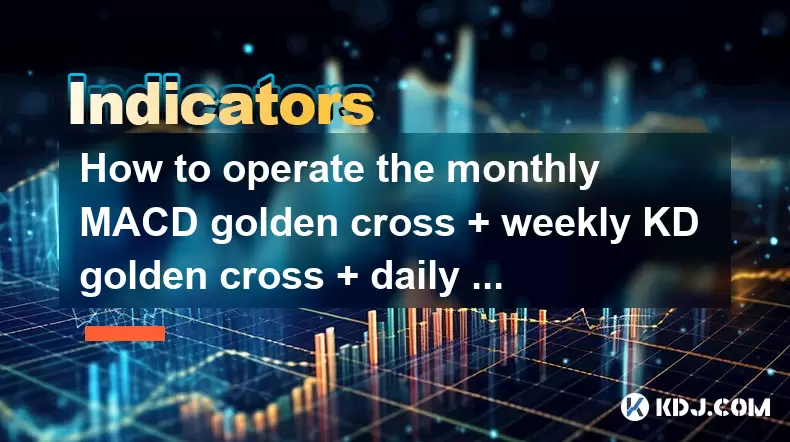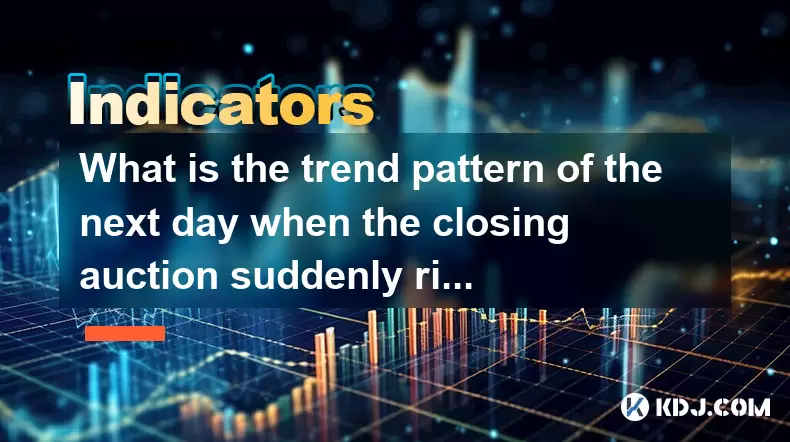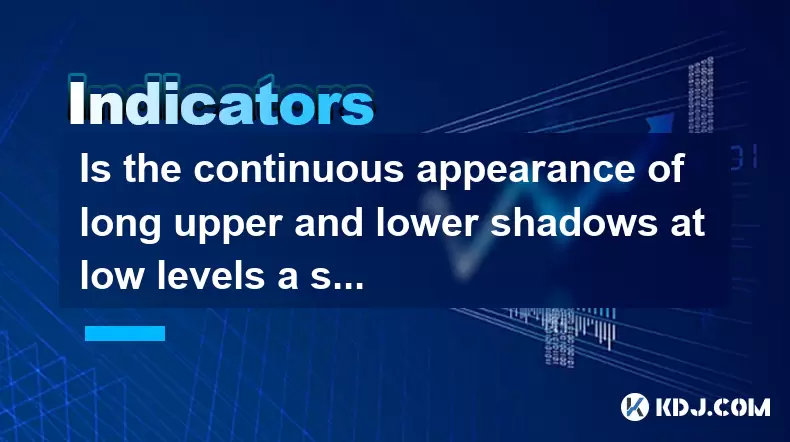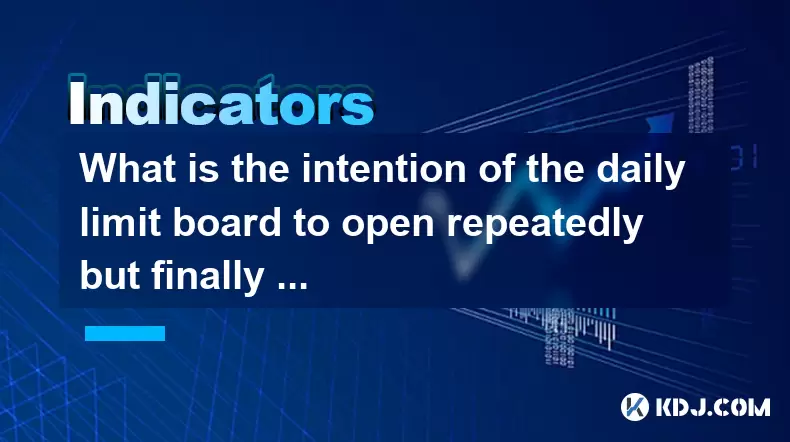-
 Bitcoin
Bitcoin $105,641.3708
0.06% -
 Ethereum
Ethereum $2,536.3816
-1.10% -
 Tether USDt
Tether USDt $1.0004
0.00% -
 XRP
XRP $2.1497
0.21% -
 BNB
BNB $647.7244
-0.64% -
 Solana
Solana $145.9061
-0.86% -
 USDC
USDC $0.9999
0.00% -
 Dogecoin
Dogecoin $0.1781
0.13% -
 TRON
TRON $0.2722
0.39% -
 Cardano
Cardano $0.6275
-1.63% -
 Hyperliquid
Hyperliquid $40.5787
-2.94% -
 Sui
Sui $2.9833
-1.77% -
 Chainlink
Chainlink $13.2690
-0.40% -
 Bitcoin Cash
Bitcoin Cash $436.8960
-1.77% -
 UNUS SED LEO
UNUS SED LEO $9.1071
0.82% -
 Stellar
Stellar $0.2579
-0.46% -
 Avalanche
Avalanche $19.0519
-1.27% -
 Toncoin
Toncoin $2.9630
-1.62% -
 Shiba Inu
Shiba Inu $0.0...01214
0.53% -
 Litecoin
Litecoin $85.7989
-0.44% -
 Hedera
Hedera $0.1536
-3.01% -
 Polkadot
Polkadot $3.7912
-0.51% -
 Ethena USDe
Ethena USDe $1.0003
-0.01% -
 Monero
Monero $313.5553
1.28% -
 Dai
Dai $1.0000
0.00% -
 Bitget Token
Bitget Token $4.5263
-0.52% -
 Uniswap
Uniswap $7.4716
-1.35% -
 Pepe
Pepe $0.0...01105
-1.07% -
 Pi
Pi $0.6167
6.59% -
 Aave
Aave $276.1029
-4.42%
Is the rebound rule after the CCI indicator falls below -100 effective?
When CCI drops below -100, it may signal an oversold condition, but confirmation with volume and candlestick patterns is crucial for reliable crypto trading signals.
Jun 14, 2025 at 01:07 am

Understanding the CCI Indicator and Its Significance
The Commodity Channel Index (CCI) is a momentum oscillator commonly used in technical analysis to identify overbought or oversold conditions. It was developed by Donald Lambert and is typically applied to commodities, but it's widely used across all financial markets, including cryptocurrencies. The standard setting for the CCI is 14 periods, although traders often adjust this based on their trading strategies and timeframes.
One of the key features of the CCI indicator is its unbounded nature, which means it doesn’t have fixed upper or lower limits like other oscillators such as RSI or Stochastic. However, a common threshold observed by many traders is when the CCI falls below -100 or rises above +100, which are often interpreted as signs of oversold or overbought conditions respectively.
What Happens When CCI Drops Below -100?
When the CCI indicator drops below -100, it suggests that the asset may be oversold, indicating potential exhaustion in the downward movement. In traditional markets, this has been interpreted as a sign that a reversal might occur soon. In the context of cryptocurrency trading, where volatility is much higher than in traditional assets, this rule needs careful consideration.
Traders often look for a bounce or rebound after the CCI hits -100 as a possible entry point for long positions. However, due to the high volatility and frequent false signals in crypto markets, relying solely on this level can lead to premature entries or losses if not confirmed with other tools or price action analysis.
Historical Performance of the Rebound Rule in Cryptocurrency Markets
Examining historical data from major cryptocurrencies like Bitcoin and Ethereum shows that there have been instances where a rebound occurred shortly after CCI dropped below -100. For example, during certain dips in late 2022 and early 2023, Bitcoin’s CCI reached -105, followed by a short-term recovery of 5–10% within a few days.
But there were also cases where the price continued to decline even after CCI went below -100, sometimes falling further before any meaningful bounce. These scenarios highlight the importance of not treating the -100 level as a guaranteed signal, especially without confirmation from volume indicators or candlestick patterns.
Combining CCI with Other Indicators for Better Accuracy
To improve the effectiveness of the CCI-based rebound rule, traders should consider integrating additional technical tools:
- Volume Analysis: A sudden increase in volume while CCI is below -100 could indicate institutional buying or strong support.
- Moving Averages: If the price closes above a key moving average (e.g., 50-period EMA) after hitting the CCI threshold, it could confirm a potential reversal.
- RSI Confirmation: Checking whether RSI also reflects oversold conditions can provide confluence and strengthen the trade setup.
- Candlestick Patterns: Bullish reversal patterns like hammer, engulfing, or morning star near the CCI -100 zone can offer more reliable signals.
Relying solely on CCI may result in missed opportunities or false positives, especially in fast-moving crypto markets. Combining it with other forms of analysis increases the probability of successful trades.
Practical Steps to Apply the CCI Rebound Strategy
For those interested in applying the CCI rebound strategy in real-time crypto trading, here’s a step-by-step guide:
- Set up your chart: Choose a timeframe that aligns with your trading style—daily for swing traders, 4-hour or 1-hour for active day traders.
- Add the CCI indicator: Set the period to 14 unless you have backtested a different value that suits your strategy better.
- Identify when CCI crosses below -100: Mark these points for closer inspection.
- Look for confluence signals: Check if RSI is also below 30, volume spikes, or bullish candlestick formations appear.
- Wait for a close above the recent swing high or resistance level: This helps confirm the reversal before entering a long position.
- Place a stop loss just below the recent low: This helps manage risk effectively.
- Set profit targets using Fibonacci extensions or previous resistance zones turned support.
This method isn't foolproof, but following these steps systematically can enhance decision-making and reduce emotional bias.
Backtesting the CCI Rebound Rule in Crypto
Before implementing any strategy live, backtesting is essential. To test the effectiveness of the CCI rebound rule:
- Select a historical period: Preferably covering multiple market cycles to ensure robustness.
- Apply the CCI indicator to your chosen crypto pairs (BTC/USDT, ETH/USDT, etc.).
- Mark every instance where CCI fell below -100 and observe what happened afterward.
- Record the results: Note how many times a meaningful rebound occurred within 24 to 72 hours.
- Calculate win rate and average return: This will help assess whether the strategy has an edge.
Backtesting revealed mixed results—some coins showed consistent rebounds, while others exhibited prolonged downtrends despite hitting the CCI -100 level. This reinforces the idea that no single indicator works in isolation.
Frequently Asked Questions
Q: Can I use the CCI rebound rule for altcoins?
A: Yes, but with caution. Altcoins tend to be more volatile and less liquid than majors like BTC or ETH. It's crucial to combine CCI with volume and order flow analysis when trading smaller-cap tokens.
Q: Should I always wait for the CCI to go below -100 before considering a buy?
A: Not necessarily. Some traders prefer entering earlier, when CCI approaches -100 but hasn’t breached it yet. Timing depends on your risk tolerance and confirmation methods.
Q: What timeframes work best with the CCI rebound strategy?
A: Daily and 4-hour charts tend to provide clearer signals compared to shorter ones. Lower timeframes generate more noise and false signals in crypto markets.
Q: Is the CCI rebound rule applicable in bull markets only?
A: No, it can be used in both bull and bear markets. However, in bear markets, rebounds may be weaker and shorter-lived, requiring tighter stop-losses and quicker exits.
Disclaimer:info@kdj.com
The information provided is not trading advice. kdj.com does not assume any responsibility for any investments made based on the information provided in this article. Cryptocurrencies are highly volatile and it is highly recommended that you invest with caution after thorough research!
If you believe that the content used on this website infringes your copyright, please contact us immediately (info@kdj.com) and we will delete it promptly.
- The non-fungible token market has experienced another slump in April 2025
- 2025-06-15 10:25:12
- CZ Explains Hong Kong's Pro-Crypto Stance, Acting as a Sandbox for China
- 2025-06-15 10:25:12
- XRP Futures Ratio Hits 1-month Low as Shorts Outnumber Longs By a Considerable Margin
- 2025-06-15 10:20:11
- The U.S. Securities and Exchange Commission (SEC) has delayed its decision on several spot crypto ETFs
- 2025-06-15 10:20:11
- Gros Islet, Saint Lucia, Saint Lucia – Structural changes in the global trading landscape
- 2025-06-15 10:15:11
- Trump Media & Technology Group (TMTG) Is Developing a Utility Token to Power Truth+ Subscriptions
- 2025-06-15 10:15:11
Related knowledge

How to operate the monthly MACD golden cross + weekly KD golden cross + daily volume breakthrough?
Jun 15,2025 at 05:36am
Understanding the Strategy: Monthly MACD Golden CrossTo effectively operate the monthly MACD golden cross, traders must first understand what this signal entails. The MACD (Moving Average Convergence Divergence) golden cross occurs when the MACD line crosses above the signal line on a given chart timeframe. When this happens on the monthly chart, it sug...

What is the trend pattern of the next day when the closing auction suddenly rises?
Jun 15,2025 at 08:15am
Understanding Closing Auctions in Cryptocurrency MarketsIn the context of cryptocurrency trading, a closing auction refers to a mechanism used by exchanges to determine the closing price of an asset at the end of a trading session. This process typically occurs within a short time window before the market closes for the day and aims to provide a fair an...

What does it mean when the volume fluctuates during the sideways trading at high levels?
Jun 15,2025 at 10:28am
Understanding Volume Fluctuations in Sideways TradingWhen volume fluctuates during sideways trading at high levels, it refers to the changes in the number of assets traded over a given period while the price remains relatively stable, moving within a defined range. This phenomenon typically occurs when the market lacks a clear directional bias—neither b...

Is the continuous appearance of long upper and lower shadows at low levels a signal of accumulation?
Jun 15,2025 at 01:43am
Understanding Long Upper and Lower Shadows in Candlestick ChartsIn the world of cryptocurrency trading, candlestick patterns are widely used to analyze price movements. A long upper shadow, also known as a wick or tail, indicates that the price rose significantly during the period but was pushed back down by selling pressure. Conversely, a long lower sh...

What is the intention of the daily limit board to open repeatedly but finally close?
Jun 15,2025 at 01:08am
Understanding the Daily Limit Board in Cryptocurrency TradingIn cryptocurrency trading, a daily limit board refers to a price movement restriction mechanism applied by certain exchanges or regulatory bodies. This mechanism is primarily used to prevent extreme volatility and panic selling or buying during periods of intense market fluctuation. When an as...

How to calculate the probability of trend continuation after the MACD column divergence?
Jun 14,2025 at 08:01am
Understanding MACD Column DivergenceThe Moving Average Convergence Divergence (MACD) is a widely used technical indicator in cryptocurrency trading. The MACD column, also known as the histogram, represents the difference between the MACD line and the signal line. When price makes a new high or low but the MACD histogram does not confirm this movement, a...

How to operate the monthly MACD golden cross + weekly KD golden cross + daily volume breakthrough?
Jun 15,2025 at 05:36am
Understanding the Strategy: Monthly MACD Golden CrossTo effectively operate the monthly MACD golden cross, traders must first understand what this signal entails. The MACD (Moving Average Convergence Divergence) golden cross occurs when the MACD line crosses above the signal line on a given chart timeframe. When this happens on the monthly chart, it sug...

What is the trend pattern of the next day when the closing auction suddenly rises?
Jun 15,2025 at 08:15am
Understanding Closing Auctions in Cryptocurrency MarketsIn the context of cryptocurrency trading, a closing auction refers to a mechanism used by exchanges to determine the closing price of an asset at the end of a trading session. This process typically occurs within a short time window before the market closes for the day and aims to provide a fair an...

What does it mean when the volume fluctuates during the sideways trading at high levels?
Jun 15,2025 at 10:28am
Understanding Volume Fluctuations in Sideways TradingWhen volume fluctuates during sideways trading at high levels, it refers to the changes in the number of assets traded over a given period while the price remains relatively stable, moving within a defined range. This phenomenon typically occurs when the market lacks a clear directional bias—neither b...

Is the continuous appearance of long upper and lower shadows at low levels a signal of accumulation?
Jun 15,2025 at 01:43am
Understanding Long Upper and Lower Shadows in Candlestick ChartsIn the world of cryptocurrency trading, candlestick patterns are widely used to analyze price movements. A long upper shadow, also known as a wick or tail, indicates that the price rose significantly during the period but was pushed back down by selling pressure. Conversely, a long lower sh...

What is the intention of the daily limit board to open repeatedly but finally close?
Jun 15,2025 at 01:08am
Understanding the Daily Limit Board in Cryptocurrency TradingIn cryptocurrency trading, a daily limit board refers to a price movement restriction mechanism applied by certain exchanges or regulatory bodies. This mechanism is primarily used to prevent extreme volatility and panic selling or buying during periods of intense market fluctuation. When an as...

How to calculate the probability of trend continuation after the MACD column divergence?
Jun 14,2025 at 08:01am
Understanding MACD Column DivergenceThe Moving Average Convergence Divergence (MACD) is a widely used technical indicator in cryptocurrency trading. The MACD column, also known as the histogram, represents the difference between the MACD line and the signal line. When price makes a new high or low but the MACD histogram does not confirm this movement, a...
See all articles

























































































